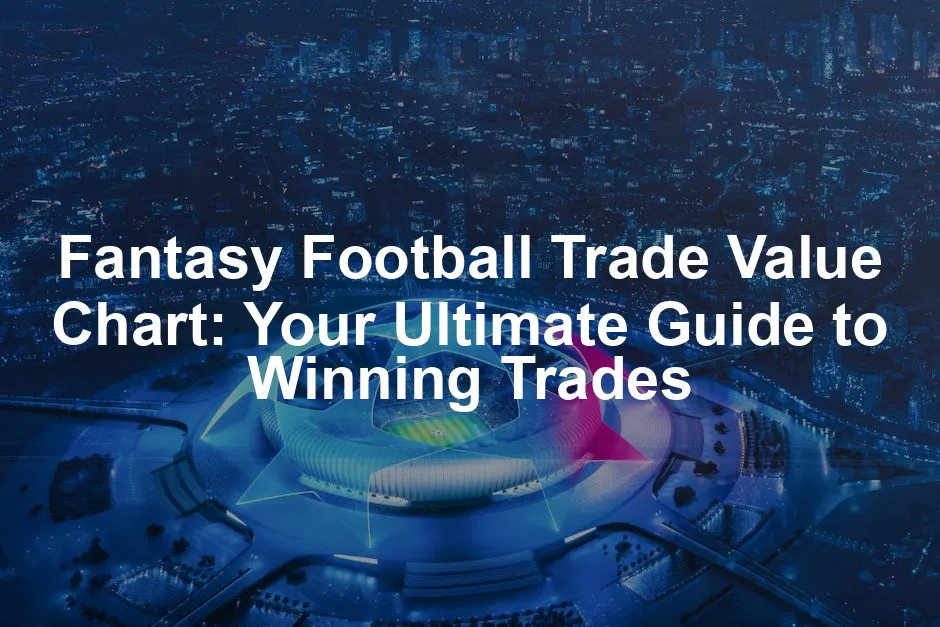Introduction
In the fast-paced realm of fantasy football, trades can be the secret sauce for success. One moment, you’re soaring high in the standings. The next, you’re trying to figure out how to escape the basement of your league. Enter the Fantasy Football Trade Value Chart, your trusty companion in this exhilarating journey. This handy tool simplifies player valuations, making it easier to assess who’s worth what in your league.
Whether you’re a seasoned pro or a newbie still learning the ropes, these charts help break down the complexities of player worth into bite-sized pieces. Think of it as your trade cheat sheet, ready to arm you with knowledge before you make that game-changing deal. You know the one—the trade that leaves your league mates scratching their heads while you bask in the glory of victory.
But wait! What’s the secret sauce behind these charts? They are meticulously crafted using a blend of expert insights, performance metrics, and league dynamics. This means you won’t just be throwing darts in the dark. You’ll have a clear understanding of how various factors influence player value.
So, grab your favorite beverage, settle into your comfy chair, and prepare to navigate the choppy waters of fantasy football trades. With the Fantasy Football Trade Value Chart as your guide, you’ll be well-equipped to make savvy decisions, boost your roster, and maybe even snag that championship trophy. Let’s jump right into the exciting world of fantasy football trade values!
Summary Section
Navigating the fantasy football trade market can be daunting. This guide provides an in-depth look at the Fantasy Football Trade Value Chart, which serves as an essential tool for making informed trade decisions. From understanding how trade values are calculated to practical tips for executing trades, we’ll cover everything you need to know.

- Understanding Trade Value: What makes a player valuable? We’ll explore the metrics and methodologies used to calculate trade values, emphasizing the importance of current performance, potential upside, and league-specific factors.
- Chart Breakdown: We’ll dive into the latest trade value charts for various player positions, including running backs, wide receivers, quarterbacks, and tight ends. This section will highlight top-performing players and those whose values have shifted dramatically.
- Effective Trading Strategies: Learn how to leverage the trade value chart effectively. We’ll discuss strategies for both buyers and sellers in trades, including how to balance your roster and maximize returns.
- Common Trading Mistakes: Avoid pitfalls that can derail your trading efforts. We’ll highlight mistakes to steer clear of, such as overvaluing players or failing to consider team needs.
- Real-Life Trade Examples: We’ll provide case studies of successful trades that utilized trade value charts effectively, demonstrating how to apply this knowledge in your league.
By the end of this guide, you’ll be equipped with the knowledge to tackle any trade scenario confidently, ensuring you come out on top in your fantasy football league. And while you’re at it, why not show your fantasy football spirit with a Fantasy Football T-Shirt? It’s a great way to express your love for the game while keeping comfy!
Understanding the Fantasy Football Trade Value Chart
What is a Trade Value Chart?
A Fantasy Football Trade Value Chart is your go-to guide for player worth in trades. It simplifies the process of understanding who’s valuable and who’s not. Think of it as a real estate listing, but for players! These charts are built on expert rankings, player performance statistics, and current market trends to provide accurate valuations.
The purpose? To help you make fair trades that enhance your roster. When you know a player’s value, you avoid the embarrassing moment of offering a top player for a bench warmer. The values are derived from various factors, including player statistics, team dynamics, and even public sentiment. Essentially, these charts take the guesswork out of trades, giving you a solid foundation to build on.
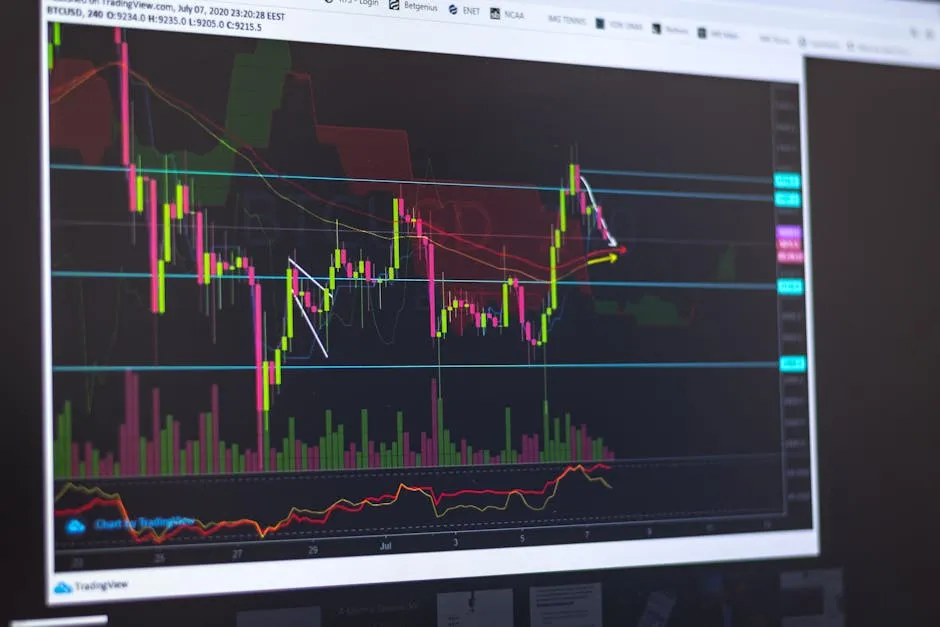
For a deeper dive into how to assess player worth, check out the fantasy football trade value chart.
How to Use the Chart
Using a trade value chart is as easy as pie! First, identify the players involved in your trade. Next, look up their values on the chart. Here’s a quick step-by-step guide:
- Identify Players: List the players you’re considering to trade.
- Check Values: Find their corresponding values on the chart.
- Calculate Total Value: Add up the values of the players you’re offering.
- Gauge Fairness: Compare your total against the value of the player you want to acquire.
Context matters in trades! Different league formats like PPR (Points Per Reception), non-PPR, or Superflex can drastically change player value. For instance, a running back may have a higher value in a PPR league due to their receiving potential. Always consider these factors when making trade decisions. And if you’re looking for a way to celebrate your fantasy football victories, consider a Fantasy Football Trophy for your league!
Key Metrics Influencing Trade Values
Several metrics influence a player’s trade value. Understanding these can be your secret weapon in negotiations.
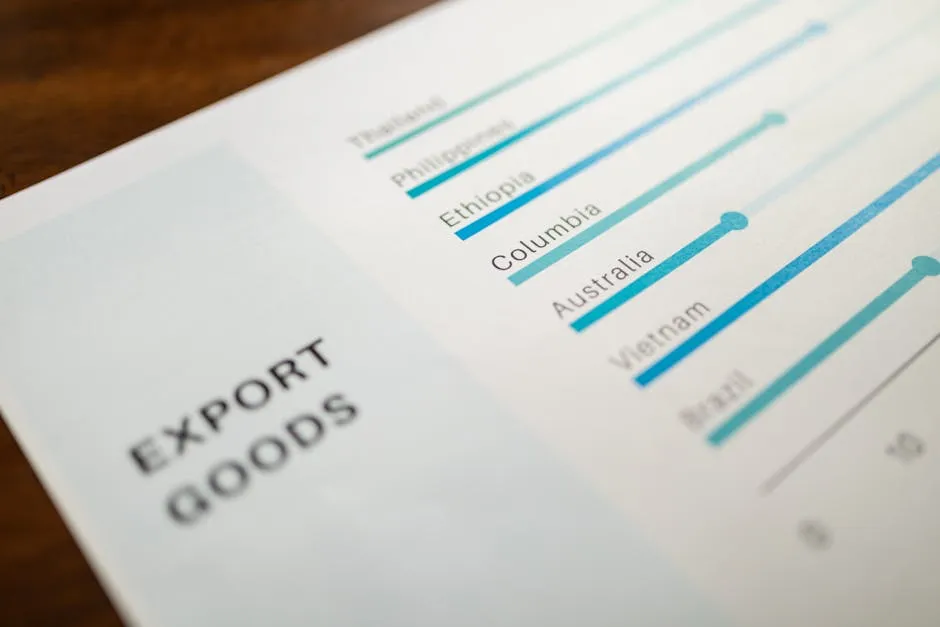
- Performance Metrics: Look at yardage, touchdowns, and receptions. A wide receiver with consistent yardage and a knack for finding the end zone will have a higher value than one who’s all hype.
- Injury History: A player’s injury history can significantly impact their value. If they’ve been prone to injuries, potential trade partners might be hesitant to pull the trigger on a deal.
- Matchups and Schedules: Upcoming matchups can swing player values. A running back facing a tough defense might see a dip in value, while one matched up against a weak defense might soar.
By keeping an eye on these factors, you can make informed decisions and negotiate trades that put you ahead in your league. Remember, knowledge is power! And speaking of power, don’t forget to get your hands on the Football Strategy Guide to boost your game knowledge!
Effective Trading Strategies
Preparing for Trades
Before you leap into the trading frenzy, do your homework! Researching your league mates is crucial. Know their needs—every team has gaps. If your buddy desperately needs a quarterback, you might have leverage.
Understand your own roster’s strengths and weaknesses. Are you loaded with wide receivers but short on running backs? Highlight this in your trade discussions. If you know what you need, you can target the right players and propose trades that are beneficial for both parties.

Keeping a finger on the pulse of your league is vital. Watch for trends, injuries, and bye weeks. A savvy manager can exploit these situations to initiate trades that may seem one-sided at first glance but benefit both teams in the long run. And while you’re at it, don’t forget to grab some Football-Themed Party Supplies for your game day celebrations!
Negotiation Tactics
Approaching potential trade partners can feel like a high-stakes game of poker. Start with a friendly chat. No one likes a pushy trader. A casual conversation can reveal what your league mates are thinking. You might find out they’re frustrated with a player you’re eyeing!
When negotiating, be transparent yet strategic. You don’t want to come off as a shark circling a wounded fish. Instead, frame your trade as a win-win situation. Use phrases like, “I think this will help both our teams.” This approach fosters goodwill.

Avoid alienating your league mates; you’ll want to trade with them again! If they feel they’re being taken advantage of, they may shut down future negotiations. Keep it light-hearted and fun; after all, it’s just a game. And to keep the fun going, consider picking up a Fantasy Football Board Game for your next gathering!
Timing Your Trades
Timing is everything in fantasy football. The best times to trade are often pre-season and mid-season. Before the season starts, players are fresh, and expectations are high. Mid-season is when injuries and performance inconsistencies can lead to great trade opportunities.

Recognizing when to buy low or sell high can be a game-changer. If a star player has a couple of rough weeks, their value may dip. This is your cue to swoop in! Conversely, if you have a player who’s overachieving, consider selling while their value is high. And if you’re planning a tailgate party, don’t miss out on a Portable Cooler for Tailgating to keep your drinks cold!
Being aware of players’ upcoming matchups can also influence trade timing. If a player faces a tough defense soon, their value might drop. Make your moves strategically, and you could find yourself with a golden roster before the playoffs.
Common Mistakes to Avoid
Overvaluing Players
One common pitfall is overvaluing your players. Emotional attachments can cloud judgment. Just because you drafted a player doesn’t mean they’re untouchable. Assess their value objectively.

Use trade value charts to ground your expectations. If your player’s value is trending down, it might be time to reconsider your attachment. And if you want to keep track of all your trades, consider using a Fantasy Football Planner to stay organized!
Ignoring League Context
Every league has its quirks. Ignoring the context can lead to disastrous trades. Different formats—PPR, non-PPR, Superflex—affect player values significantly.
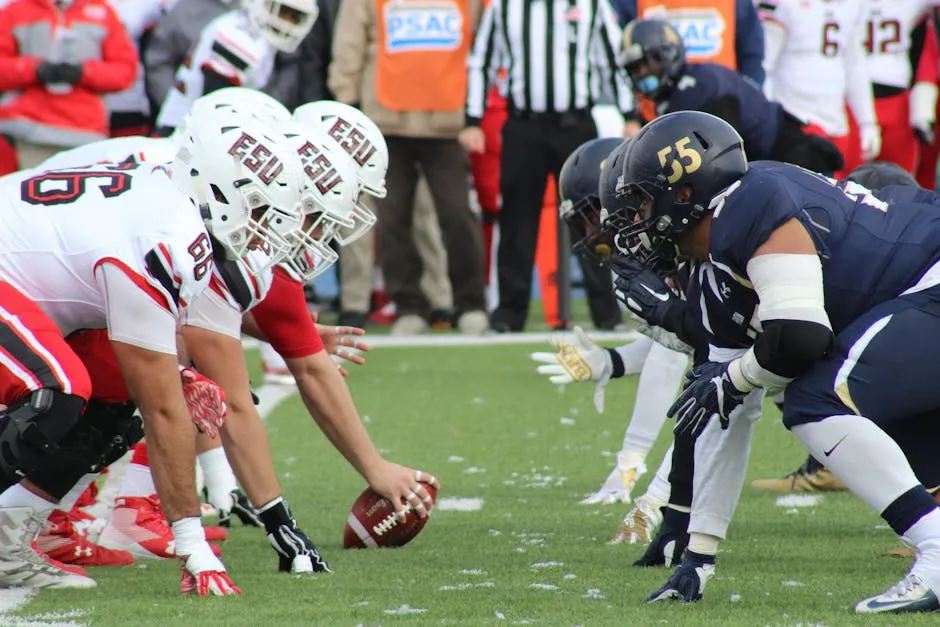
For instance, a running back might be a gem in a PPR league but a dud in a standard format. Always consider the league dynamics and how they affect trade values. Understanding team needs is just as crucial. If you ignore what your league mates require, you’re setting yourself up for failure. And if you’re a true fan, consider getting an NFL Team Jersey to show your support!
Failing to Adapt
Adaptability is key in fantasy football. Roster changes or player injuries can shift the landscape overnight. Don’t cling to a strategy that no longer serves you.
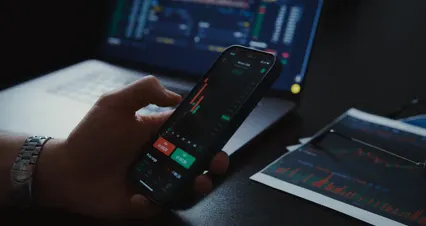
Recognizing when to adjust your trading strategy is vital. If your initial plan isn’t working, pivot! The impact of injuries can be profound, and a quick response can mean the difference between a successful season and a total flop. Stay informed, stay flexible, and keep your eye on the prize!
Conclusion
In the fast-paced world of fantasy football, understanding trade values can give you a crucial edge in your league. The Fantasy Football Trade Value Chart is more than just numbers; it’s a tool that empowers you to make informed decisions that can significantly impact your season.
Think of it as your GPS for navigating the trade landscape. Without it, you might be wandering around, making questionable deals that leave you scratching your head. With a clear understanding of player values, you can avoid the pitfalls of overvaluing players and making trades that don’t benefit your roster.
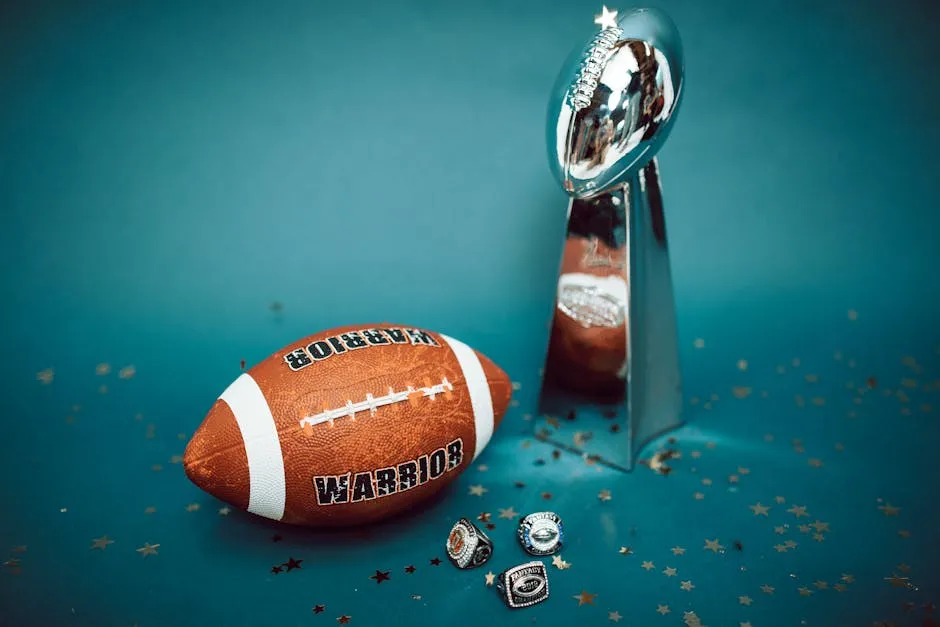
Remember to keep your league’s specific dynamics in mind. Each league has its own quirks and rules, which can significantly alter player values. A star running back might be a hot commodity in one league but fall flat in another. Don’t hesitate to leverage the insights provided in this guide. And while you’re at it, why not treat yourself to a Fantasy Football Cookbook for delicious game day recipes!
As you embark on your trading journey, stay flexible. Adapt to the ever-changing landscape of player performances, injuries, and bye weeks. One week, a player might be a superstar. The next, they could be riding the bench due to an injury. Always keep an eye on the prize – that coveted championship trophy.
Happy trading! May your trades be fair, your roster strong, and your championship dreams alive. Remember, each trade is a chance to improve your team. Use the Fantasy Football Trade Value Chart to your advantage, and you’ll be on your way to dominating your league. And don’t forget to stock up on some NFL Game Day Snacks Cookbook for the ultimate game day experience!
FAQs
What is a Fantasy Football Trade Value Chart?
A Fantasy Football Trade Value Chart serves as a guide to player worth in trades. It simplifies the evaluation process, helping you determine who is valued higher and who is not. The chart combines expert rankings and player performance metrics to provide accurate valuations. Think of it as a cheat sheet for trades!
How often should I check the trade values?
You should regularly check trade values, especially during the season. Ideally, review them weekly. Player values can fluctuate based on performance, injuries, or changing team dynamics. Frequent updates ensure you’re making informed decisions and not falling behind your league mates.
Can trade value charts predict player performance?
Not quite! While a trade value chart offers valuable insights, it does not predict performance. Charts are based on current player valuations, but performance can vary. Factors like matchups, injuries, and team strategies can all impact player outcomes. Use charts as a reference, not a crystal ball.
How do I know if a trade is fair?
To assess fairness, compare the values of the players involved. A good rule of thumb is to ensure both sides feel they’re gaining something. Use a trade value chart to gauge whether the trade aligns with current player valuations. Communication with your trading partner is key!
What should I do if my trade offer is rejected?
Don’t take it personally! Rejection is part of the game. Consider asking for feedback on the offer. Perhaps you can tweak it to make it more appealing. Stay engaged with your league mates and continue looking for opportunities to trade. Persistence pays off!
How can I improve my trading skills?
Improving your trading skills involves a mix of research and practice. Regularly review trade value charts and player performance metrics. Engage with fantasy football communities and forums for insights. Additionally, learn from your trading experiences, both good and bad, to sharpen your skills over time.
Please let us know what you think about our content by leaving a comment down below!
Thank you for reading till here 🙂
All images from Pexels

